
Sugar canes… agricdiary_Africa
The whole story begins with sugar cane, about 10,000 years ago. Sugar cane is a tropical grass that grows 10-20 feet high. Unlike sugar beets, it's perennial, meaning it doesn't need to be replanted every year. When harvested, sugar cane is cut just above the root level so new sprouts will grow, ready to be harvested again in 10-12 months.

Sugar Cane Worlds Biggest Source of Sugar Information about crops
Sugar cane is a hardy plant that can survive brief cold spells, but as a tropical/subtropical plant, it requires heat and humidity to thrive. In cooler climates, plant sugar cane outdoors after temperatures have warmed up the soil and the danger of frost in spring has passed. In warmer climates, sugar cane is typically planted in November.
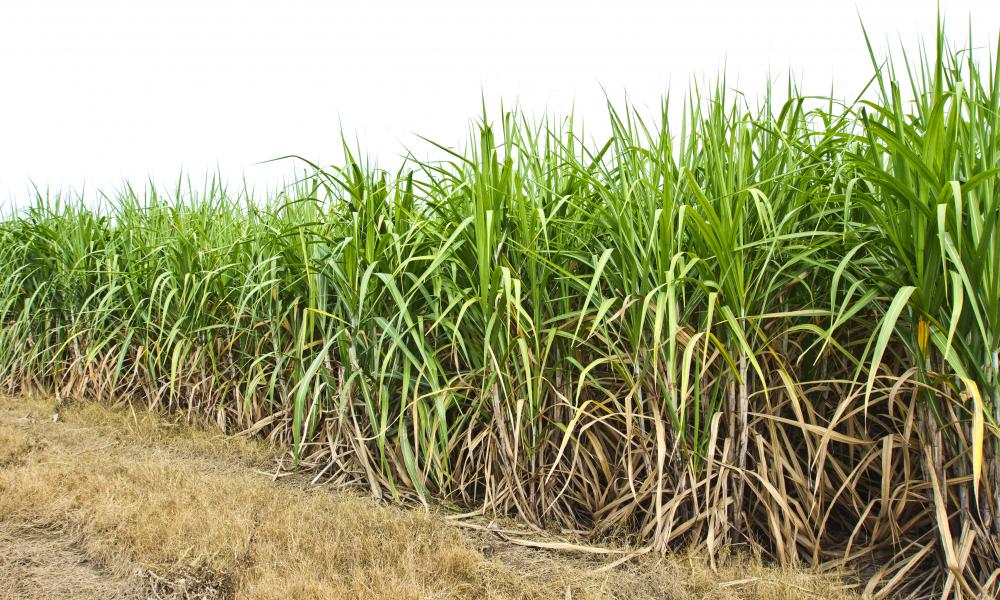
What is Sugar Cane? (with pictures)
Saccharum officinarum is a large, strong-growing species of grass in the sugarcane genus. Its stout stalks are rich in sucrose, a simple sugar which accumulates in the stalk internodes. It originated in New Guinea, [1] and is now cultivated in tropical and subtropical countries worldwide for the production of sugar, ethanol and other products.

Sugar Cane 3 Free Photo Download FreeImages
Sugarcane or sugar cane is a species of (often hybrid) tall, perennial grass (in the genus Saccharum, tribe Andropogoneae) that is used for sugar production. The plants are 2-6 m (6-20 ft) tall with stout, jointed, fibrous stalks that are rich in sucrose, [1] which accumulates in the stalk internodes.

About That Sugar Cane beyondgumbo
Table sugar is obtained from sugar cane and sugar beets due to their high sucrose content. Whether produced from cane or beet, the result is the same: pure sucrose. The process of extracting and purifying sugars from sugar cane and sugar beet allows for the production of a large variety of sugars. Sugar. This includes granulated sugar, coarse.
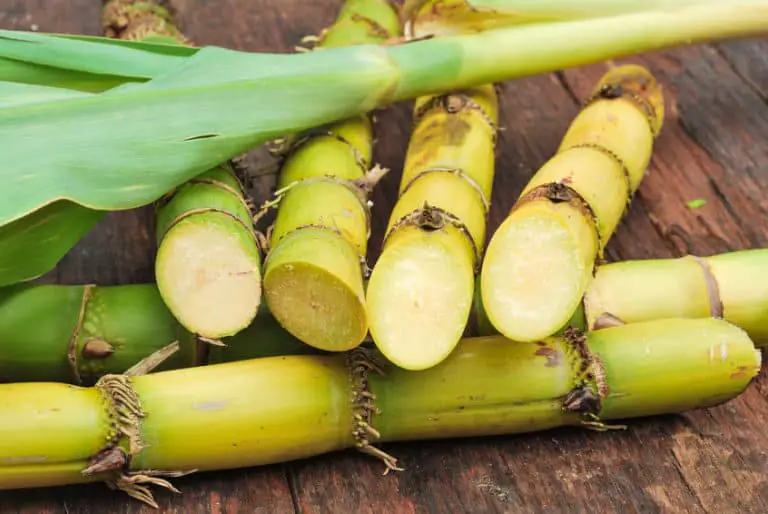
How to Grow Sugar Cane? Full Guide Green Thumb Central
sugarcane, ( Saccharum officinarum ), perennial grass of the family Poaceae, primarily cultivated for its juice from which sugar is processed. Most of the world's sugarcane is grown in subtropical and tropical areas.
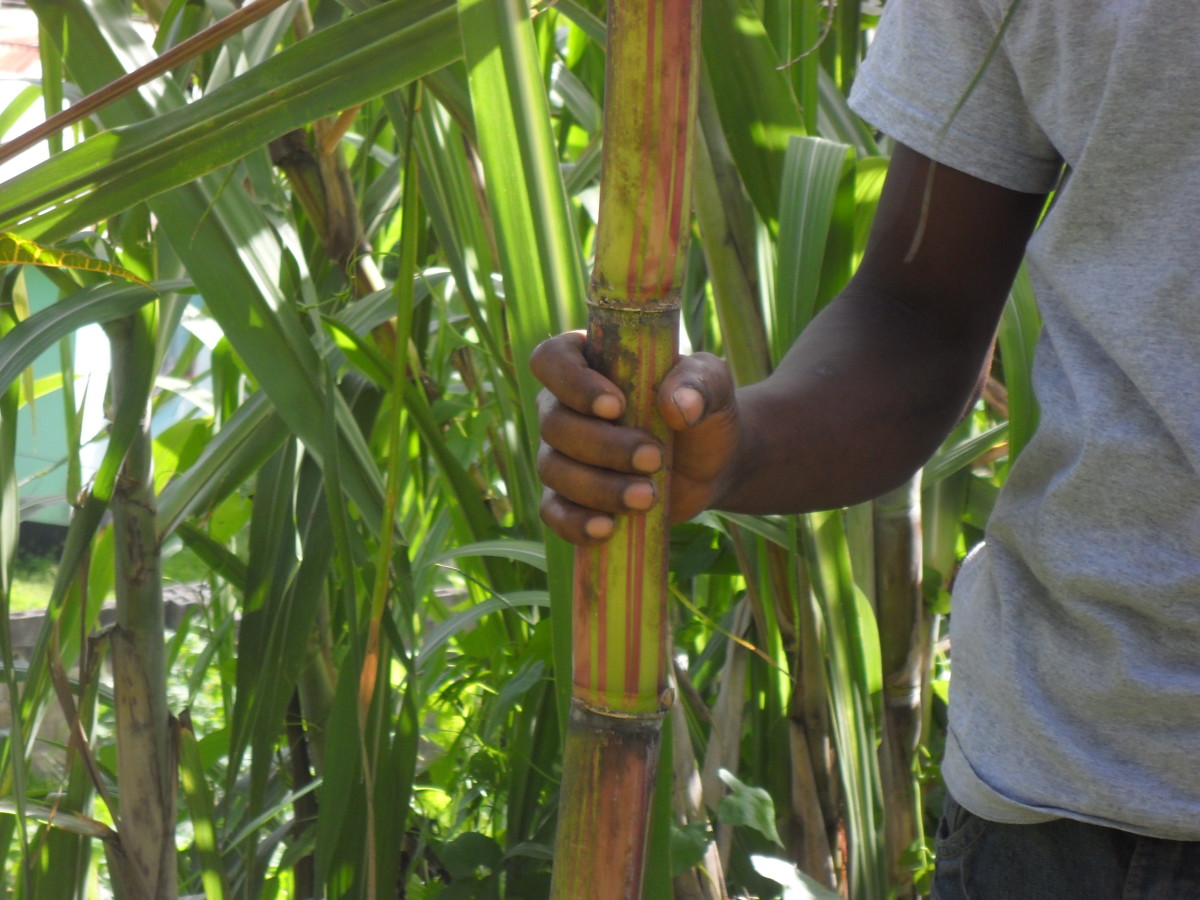
Sugarcane Cultivation And Sugar Cane Uses HubPages
Sugarcane is a grass plant of the genus Saccharum, tribe Andropogoneae that can be found in 36 species variety. It was originally native to warm tropical regions of Asia, but after early civilizations found out about its usefulness it quickly spread. This enabled new civilizations to improve theirsugar production with crossbreeding (all current.
Sugarcane processing is practiced in many variations, but the essential process consists of the following steps: extraction of the cane juice by milling or diffusion, clarification of the juice, concentration of the juice to syrup by evaporation, crystallization of sugar from the syrup, and separation and drying of the crystals. Juice extraction
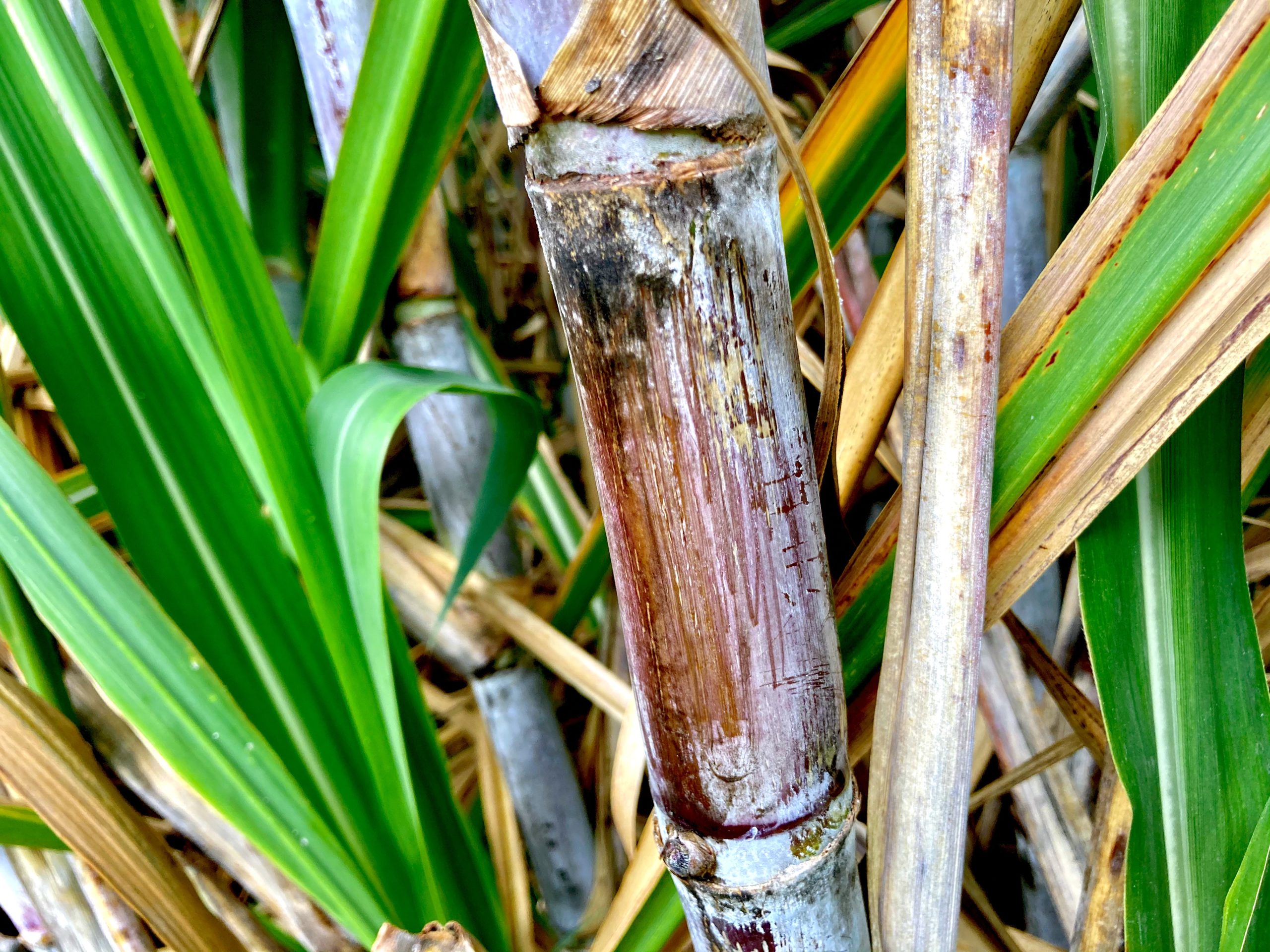
B69566 The Dandy of our Sugar Cane Varieties CaneCo CaneCo
Sugarcane (or sugar cane) is a Genus of plants. There are between 6 and 37 types of sugarcane.Sugarcane grows in warm and tropical climates. It first grew in Asia, but after the year 700 people started planting it in Africa and southern Europe. Later it spread to the Americas and Australia. Today the biggest producer is Brazil in South America.
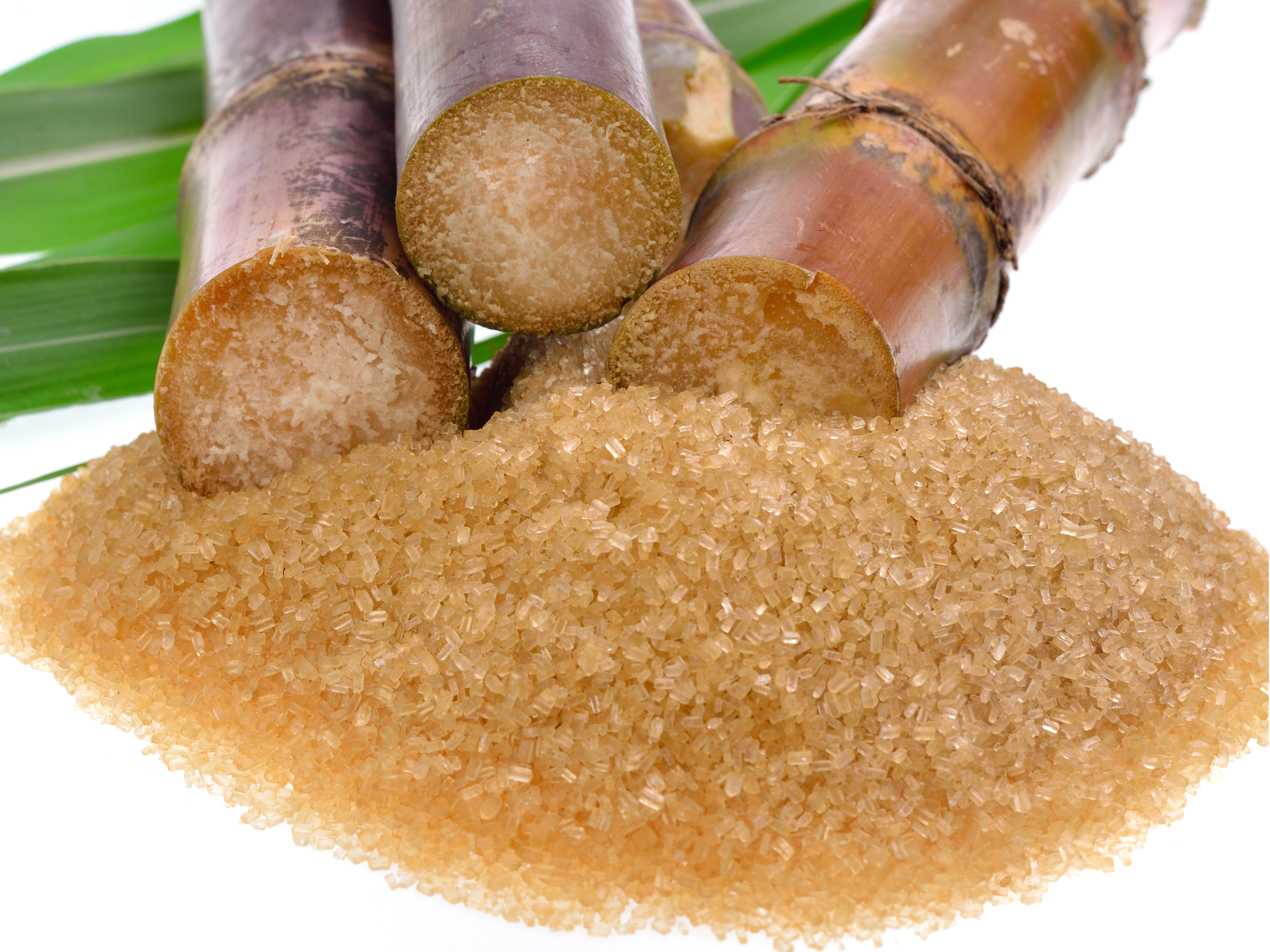
What are the Facts About Cane Sugar? NutraWiki
Sugarcane or sugar cane refer to several species and hybrids of tall perennial grass in the genus Saccharum, tribe Andropogoneae, that are used for sugar production. The plants are two to six metres (six to twenty feet) tall with stout, jointed, fibrous stalks that are rich in sucrose, which accumulates in the stalk internodes.
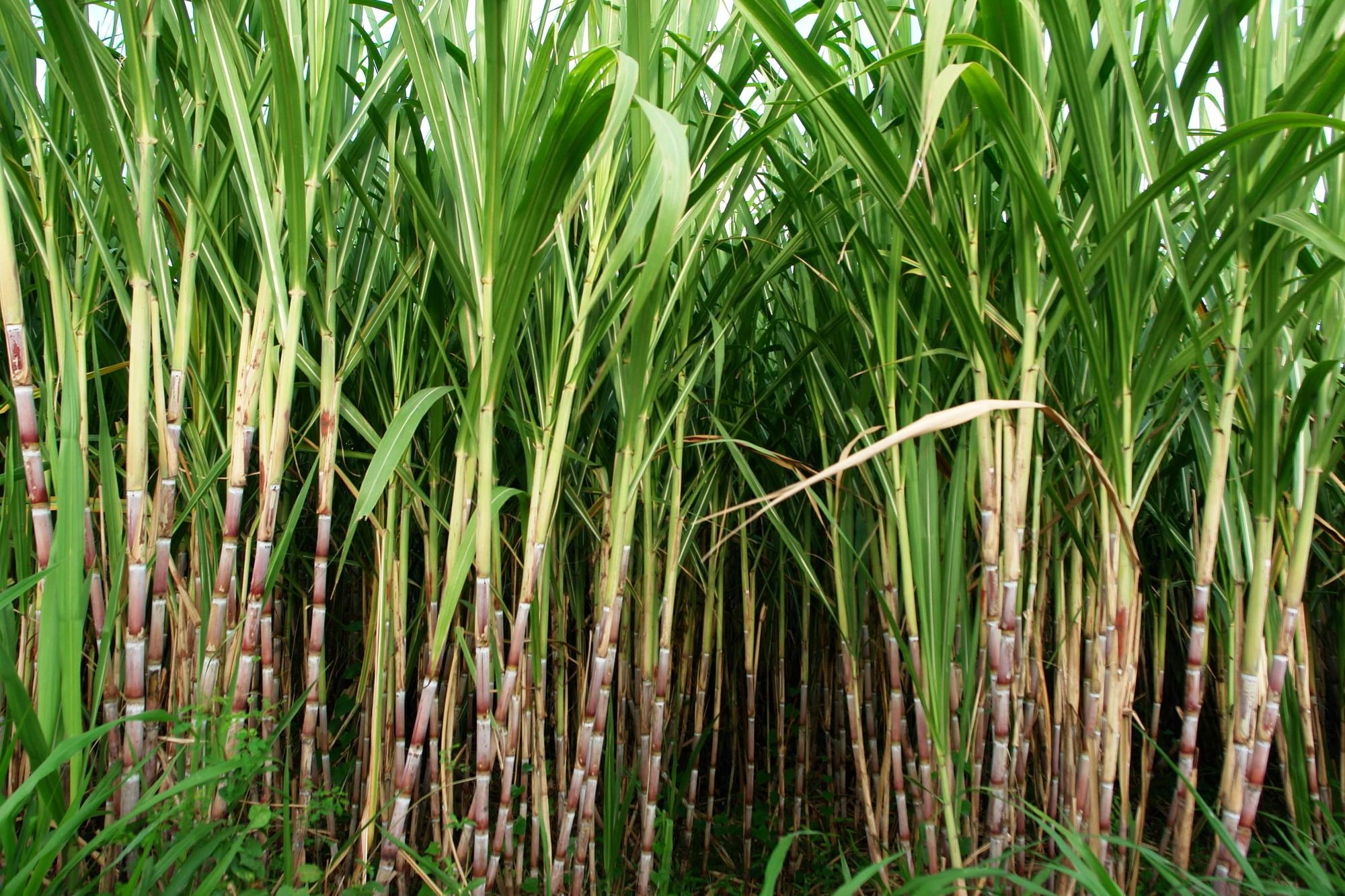
Mackay Sugar Cane Queensland Farmers' Federation
Sugarcane is a tropical grass that's cultivated around the world to produce refined sugar, sugarcane juice, and medicinal products. Many types of sugar products are made from sugarcane,.

What Kind of Sugar Is in Sugar Cane? Healthfully
Sugar cane is a tropical plant, and can only be grown in countries where there are average temperatures of 24°C (75°F) (e.g. near the equator), combined with strong sunshine and either heavy seasonal rainfall or plentiful supplies of water for irrigation. Major cane sugar regions include Brazil, India, China, Thailand, Australia, South Africa.

Fresh Stalk Sugar Cane Shop Fruit at HEB
What Is Cane Sugar? Cane sugar encompases a wide range of sugars, all of which are made from sugar cane, a plant similar to bamboo which grows in tropical climates. Cane sugar is made by chopping up the sugar cane, extracting its juice, boiling the liquid to produce a dark syrup, which is essentially unrefined molasses, and then crystallizing it.
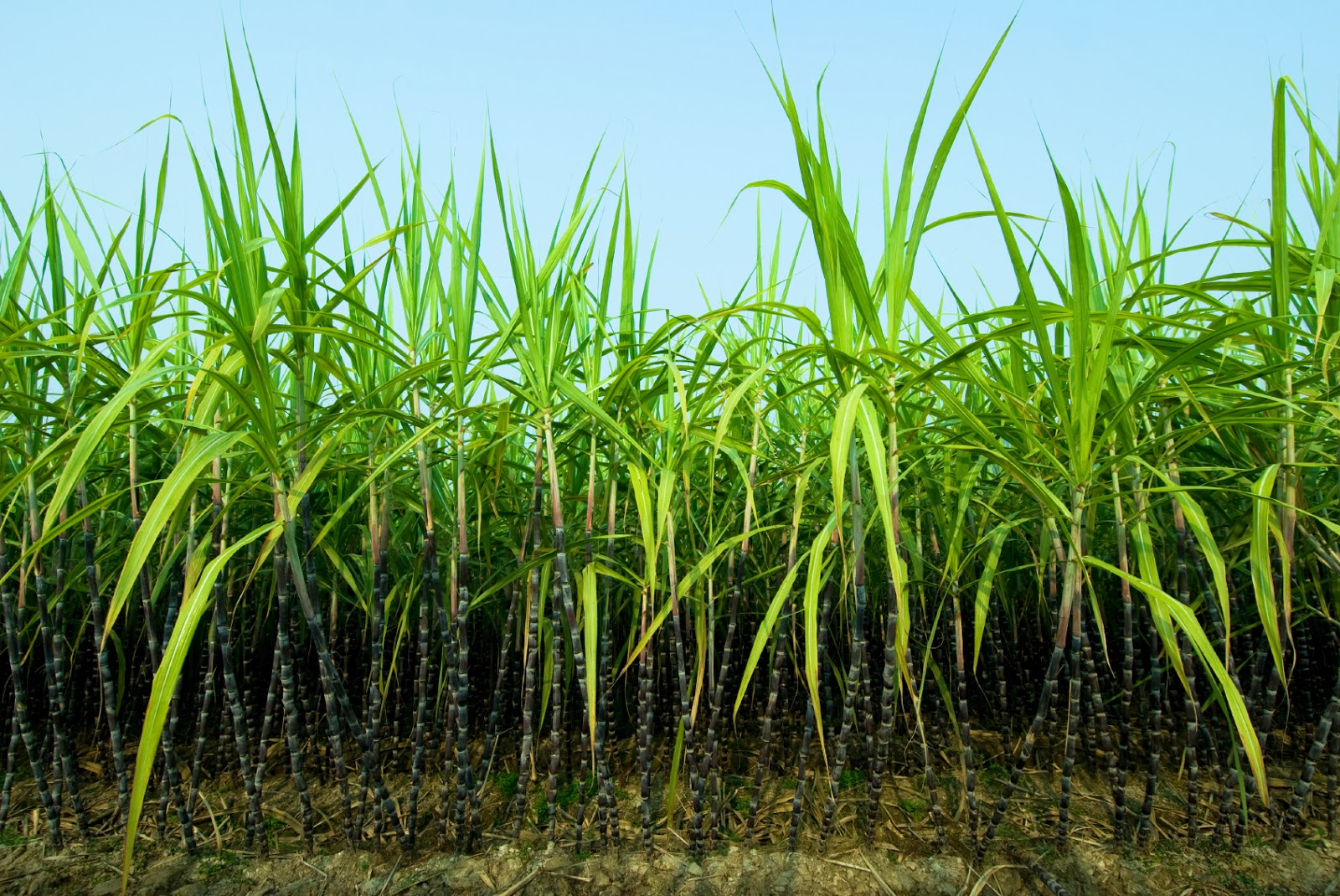
Sugar Cane Worlds Biggest Source of Sugar Information about crops
Sugarcane is native to tropical South and Southeast Asia. The production of crystalline sugar started in Northern India but still the exact date of production of sugar cane is unclear. Earliest evidence shows the production of sugar from ancient Sanskrit and Pali texts.
:max_bytes(150000):strip_icc()/SugarCanesSaccharumofficinarumNancyAyumi-26c9c80ee473464bbe322c83ecd9bfc1.jpg)
Sugar Cane Plant Care & Growing Guide
Sugarcane is a water-intensive crop that remains in the soil all year long. As one of the world's thirstiest crops, sugarcane has a significant impact on many environmentally sensitive regions, like the Mekong Delta and the Atlantic Forest. Historic planting of sugarcane around the world has led to significant impacts on biodiversity.

Top 10 Most Important Benefits Of Sugarcane Juice For Health And Skin
Sugar cane is a tall, clump-forming perennial grass whose long, thick stems are filled with sweet sap. It is mostly grown commercially for foodstuff, including sugar and molasses. In addition, it has also found its way into home gardens as an ornamental. It is used as privacy screen, border, accent, or focal point.